Enjoy FRAMES Magazine’s Feature Of My Photographs & Writing About Antarctica
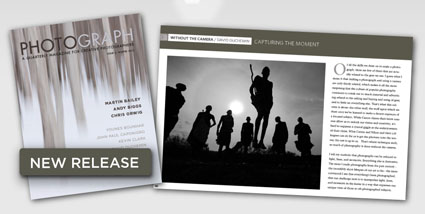
There’s lots of inspiration in Issue 2 of PHOTOGRAPH magazine, which includes featured portfolios and interviews with Martin Bailey, Andy Biggs, and Chris Orwig, as well as articles from David duChemin, Nicole S. Young, John Paul Caponigro, Martin Bailey, Al Smith, Jay Goodrich, Piet Van den Eynde, Younes Bounhar, Kevin Clark, and Chris Orwig.
My Creative Composition article discusses using the frame creatively, perhaps the most essential skill in photography.
Purchase it here – $8 single issue or $24 quarterly subscription.
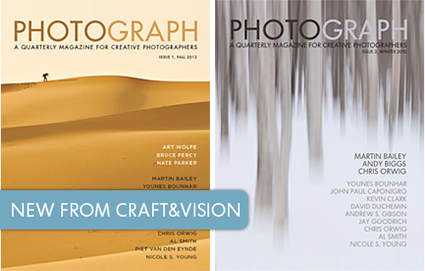
There’s a new electronic magazine in town – and I’m delighted to be a part of it.
The 132 pages in Issue One of PHOTOGRAPH, A Digitial Quarterly Magazine for Creative Photographers. features …
Columns include Martin Bailey’s The Art of the Print, John Paul Caponigro’s Creative Composition, Kevin Clark’s The Studio Sketchbook, David Duchemin’s Without The Camera, Chris Orwig’s Creativity, and Piet van Den Eynde’s Lightroom Before + After.
Portfolios by Art Wolfe, Nate Parker, and Bruce Percy are followed by short interviews.
Featured articles by Younes Bounhar, Andrew Gibson, Jay Goodrich, Al Smith, and Nicole Young.
PHOTOGRAPH is available now through Craft & Vision, as a PDF download, for USD$8. A 4-issue subscription for US$24 (or buy 3 issues and get one free). You can subscribe today, or, if you want to do so risk-free, we’ll send a short email to everyone that buys Issue One and give you the chance to top-up your subscription with the remaining 3 issues for US$16, as long as you do it before the end of November 2012.
Find out more and subscribe on David Duchemin’s blog.
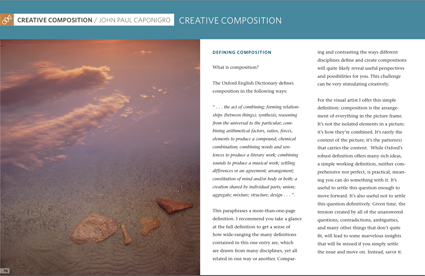
Here’s an excerpt from the first article in my column Creative Composition.
Dynamics Not Rules
“When it comes to composition, there are no rules . . . except, perhaps, never say never and always avoid saying always. I recommend you don’t ask, “Should I . . .?”; rather, ask “What happens when I . . . ?”. But there are principles. Each element has a unique force and contributes to the whole. Each element influences the other, creating a cascading chain of action, reaction, and interaction. These forces are definable and consistent, so you can understand them and apply them repeatedly. An understanding of what these elements are will open up possibilities and create opportunities for you. An understanding of how each element works will help you apply it so that you can improvise given the unique characteristics of a specific situation and your own con- cerns. Versatility with many strategies enables you to be more successful in more varied situations and to make more varied statements. Understanding the principles of visual dynamics will help make your decision making pro- cess more informed, but it won’t make choices for you. Awareness is the key. Better awareness brings better choices. Better choices bring better results …”
The latest issue of View Camera Magazine features my father, Paul Caponigro with a special portfolio of unpublished work from 1959-2009.
64 pages of images with inspiring and insightful text.
“The eminent designer Eleanor Morris Caponigro has established a pace and rhythm here that allows each picture to breathe. See how each refers to the one before it and sets up the next. A record of an amazing life – an astonishing achievement – climbs to elusive harmonious heights. ” – Michael Moore
Find more at View Camera
Read our father son conversation
Read over 40 conversations with photographers
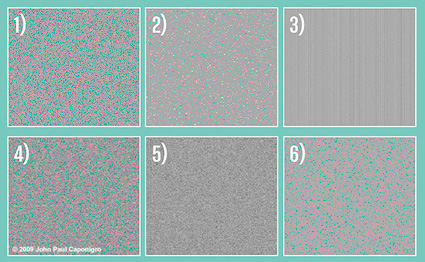
Noise comes in three types or patterns:
1) Random noise 2) Fixed-pattern noise 3) Banding noise
Noise often has two components—brightness and color:
4) Image noise 5) Luminance noise 6) Chrominance noise
Knowing the type and kind of noise produced will help guide you to solutions to reduce it. There are three types of noise: random noise, fixed-pattern noise and banding noise.
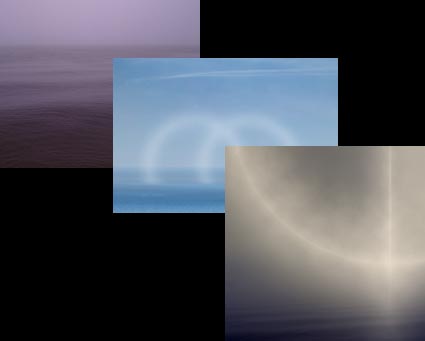
You can create synergy between existing elements in your images and generate something new. How? Takes these steps.
Step one. Identify all the elements in your best images.
Step two. List all the possible combinations.
Step Three. Put what you’ve discovered into words.
Step four. Select the most promising combinations to pursue.
Step five. Generate a lot of variations on a single combination before committing to a final solution.
Step six. Execute.
This is an extreme distillation of my article Combination, now in the current issue of AfterCapture magazine.
Read more in my Creativity ebooks.
Learn more in my workshops.
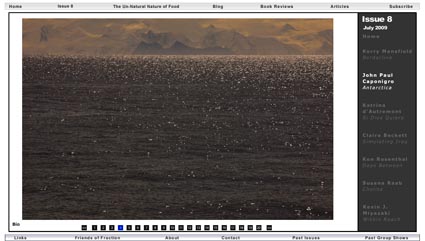
The latest issue of Fraction, an online photographic magazine features a preview of my new work from Antarctica.
See it here.
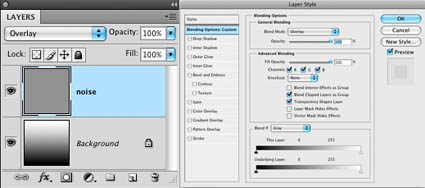
Here’s an excerpt from my column in the current issue of Digital Photo Pro.
“When adding noise to digital files, keep noise separate from the image so you can control both independently of one another. This way you’ve got extraordinary control and flexibility. When noise is placed on its own layer you can eliminate or change it at any time in the future, reduce its opacity, localize it, desaturate it, target it into specific channels, move it, scale it, blur it and much more …”
Read more in the current issue of Digital Photo Pro.
Learn out more in my digital printing workshops.
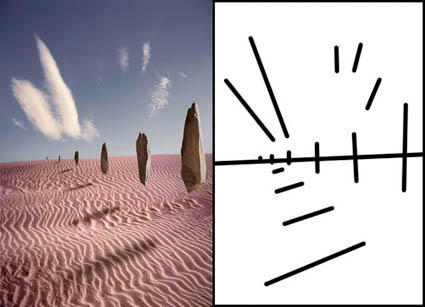
“How do you define something? One classic strategy is to let the dictionary define it for you. The Oxford English Dictionary defines composition in the following ways …
… the act of combining; forming relationships (between things); synthesis; reasoning from the universal to the particular; combining arithmetical factors, ratios, forces, elements to produce a compound; chemical combination; combining words and sentences to produce a literary work; combining sounds to produce a musical work; settling differences or an agreement; arrangement; constitution of mind and/or body or both; a creation shared by individual parts; union; aggregate; mixture; structure; design …
This paraphrases a more than one page definition. Reproducing the full version would be tedious. But I recommend you take a glance at the full definition to get a sense of how wide ranging the many definitions contained in this one entry are, which are used by many disciplines yet still related.
For the visual artist we could settle on a working definition, a simple statement that could be useful. Composition is the act of combining graphic elements to create a visual structure or it’s the product generated by this act. That suffices. That’s useful. But, while it’s useful to settle this, it would also be useful not to settle this issue definitively. The tension set up by continuing to consider all of the ambiguities, contradictions, connections, and unanswered questions will lead to some marvelous insights. For this very reason, I recommend you settle on your own working definition. And then continue to refine it. Because, rather than settling it definitively, by continuing to work with the question you’ll benefit even more …”
“You can see the fundamental structures present and visual dynamics at work in your images by reducing the wealth of information found in photographs. You can use Photoshop to do this in countless ways. Here are a few …”
Read more on Luminous Landscape. Click here.
Learn more about composition in my field workshops.
6/12-15 – Along the Waterline
8/9-15 – Iceland
10/16-19 – Fall Foliage